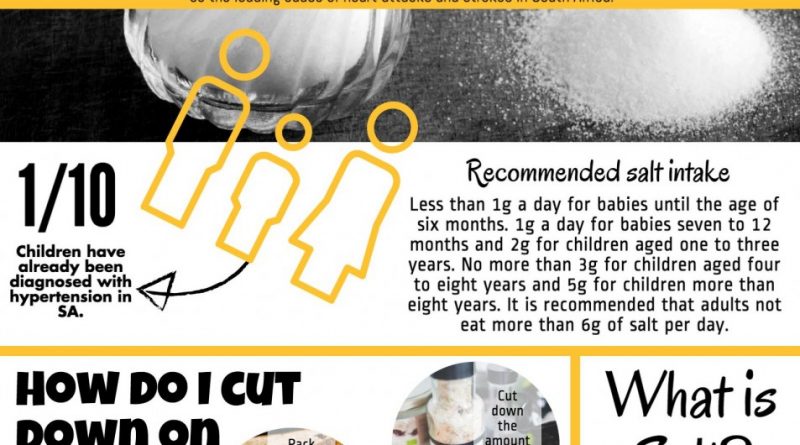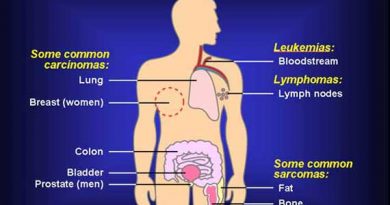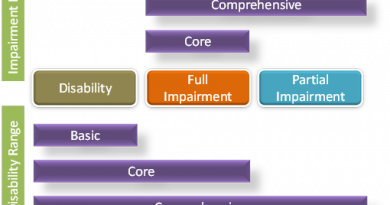Shake off the excess salt from your diet

Before you head for the salt shaker, ask yourself… do I know how much salt manufactures used to preserve and modify the flavour of the food I am about to eat?
You may say that as long as your taste buds are happy you are to, but is it worth it to compromise your health over taste?
With March highlighting the effect excessive consumption of salt has on a person’s body and with next month focusing on health awareness, ER24 is urging people to cut down on their salt intake if they are guilty of going overboard.
Salt has been linked to a number of conditions including kidney disease, kidney stones and obesity and is said to aggravate diabetes and asthma symptoms.
Salt is also one of the contributing factors to hypertension, which is said to be the leading cause of heart attacks and strokes in South Africa.
Explaining further, Jandri Barnard, a registered dietician based at Mediclinic Newcastle, said, “Your blood pressure rises gradually as you get older and you can also inherit a tendency to have high blood pressure. If you are diabetic, your blood pressure is likely to be higher and thus you need to keep an eye on it.
A high salt diet contributes as the leading cause of high blood pressure, which is the most important risk factor for stroke. Since hypertension is one of the main contributors to heart attacks and stroke, it makes sense to cut down on the amount of salt you eat.”
Children
An unhealthy lifestyle, which includes a diet high in salt, puts children into a greater risk of developing severe health problems like heart disease, stroke and kidney failure as young adults.
Barnard said at least one in 10 South African children have already been diagnosed with hypertension.
“In South Africa, one of three individuals over the age of 15 suffer from hypertension, and this can be seen as one of the leading causes of death worldwide, increasing yearly. Although the estimates for salt intake of South African children are unknown, salt intake among adults is high, leading many experts to believe that the same is true for children since they follow the habits of their parents.
“Dietary habits formed in childhood and adolescence influence eating patterns in later life. Liking salt and salty foods is a learned taste preference and thus it is vital that children do not develop a taste for salt in the first place as it can develop into a habit that will stay with them for the rest of their lives,” said Barnard.
Recommended salt intake
Table salt is made up of 40 percent of sodium and 60 percent of chloride. 5g of salt equals about 2 000mg sodium. It is recommended that adults not eat more than 6g of salt per day, or 2.5g sodium (which is the harmful component of salt). “Don’t worry about going too low, as we only need 1g of salt in our diet, and it’s virtually impossible to reduce intake below that if you eat any manufactured foods at all, which also includes bread,” said Barnard. The following is the recommended maximum intake of salt for young children:
Less than 1g a day for babies until the age of six months.
1g a day for babies seven to 12 months and 2g for children aged one to three years.
3g for children aged four to eight years and 5g for children more than eight years.
According to Barnard, boys eat an average of 6.1g of salt a day. This is more than the recommended maximum for a man. Girls eat an average of 5.1g of salt per day which is also more than the recommended amount.
Easy ways to cut down on salt
Barnard said a person might not add that much salt to their cooking, but it is surprising how quickly they can reach their daily quota without realising it. Some of the common foods that contain a lot of salt include smoked, cured, salted or canned meat, fish or poultry; starch products such as cereals, meat pies and savoury biscuits; rising agents; sauces and sandwich spreads. Barnard provided the following tips on how people can cut down on their salt intake:
• Cut down on obviously salty foods such as potato chips, bacon and foods packed in brine. When buying tinned vegetables, look for those canned in water rather than in brine.
• Switch to low salt (low sodium) versions of foods.
• If you use stock cubes, look for a brand that is low in salt and free from hydrogenated vegetable oil.
• Cut down the amount of salt you add when cooking.
• Use herbs and spices to season your food instead of salt.
• Don’t add salt at the table, or at least taste your food first – it probably won’t need salt.
• Read food labels when you are shopping. While it is difficult to find, look out for foods with 0.25g salt or less per 100g (0.1g sodium or less per 100g) or the closest to this.
• Preparing any meal or food at home can largely reduce your salt intake, as you have control over the preparation methods of your food as well as what you add into the ingredients. Takeaways traditionally contain high amounts of salt, either added to it, or already part of the preparation method of these more processed foods.
• Pack lunches for children instead of allowing store bought junk food lunches.
• Provide a balanced meal for children. Their lunch should contain a whole wheat starch (low GI bread or brown rolls, whole wheat crackers), a lean protein (lean cold meat, eggs or beans) and a fruit.
• Packed lunches still need to be interesting and parents need to be sure that portions are appropriate for their child’s age and appetite. Some after-school snack ideas include low fat yoghurt with fresh fruit or canned fruit in juice, fresh vegetable sticks with cottage cheese or avocado as a dip.




